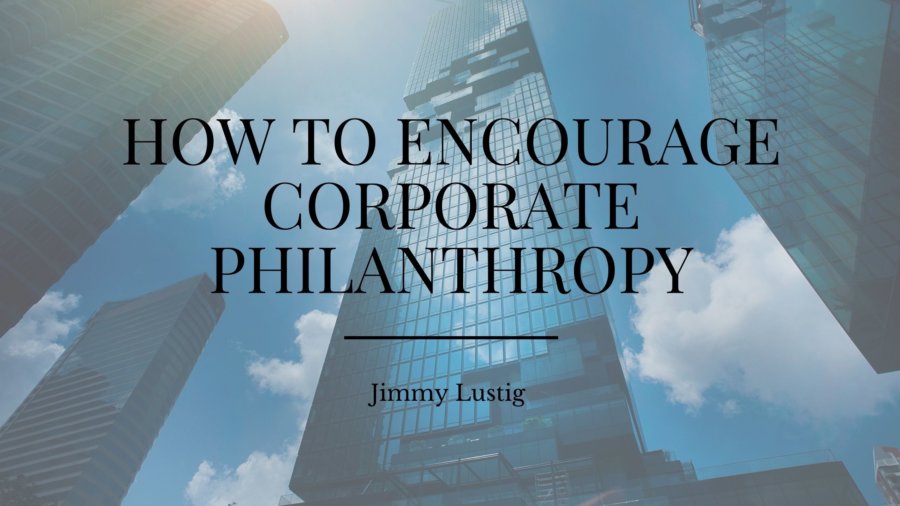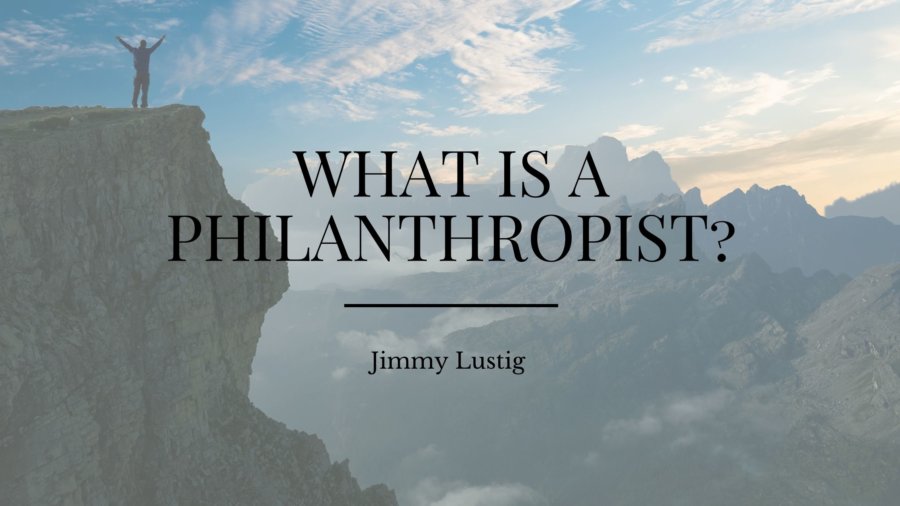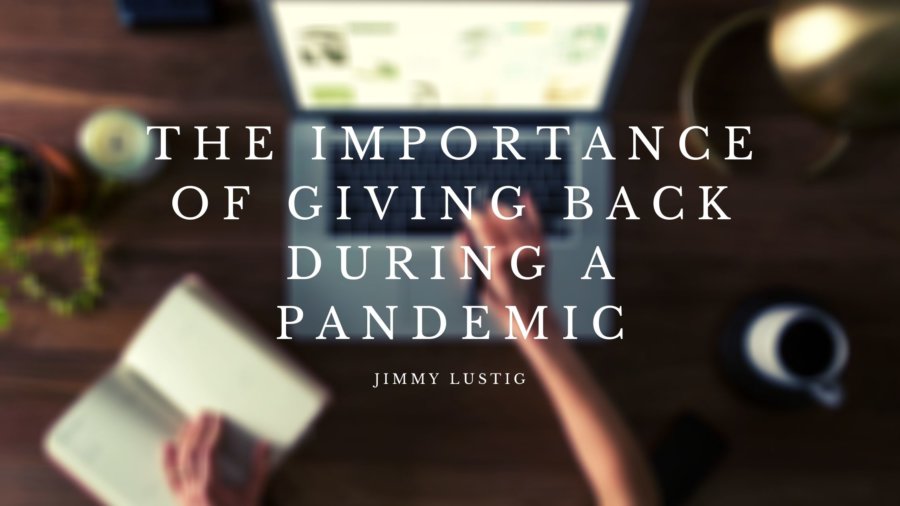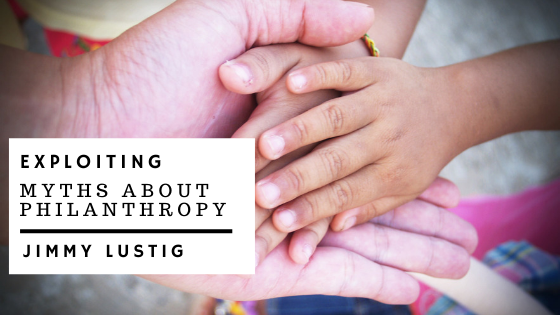Corporate philanthropy is a corporation act of promoting community welfare through donations of time or funds. From the latest statistics, corporate philanthropy has declined by 50%. Both critics and investors’ high expectation puts the executives in a difficult situation to justify the charitable benefits and maximize the investors’ short-term profits.
The critics’ expectation of companies to deliver high corporate social responsibility and investors’ needs for short-term profitability has led companies to use strategic philanthropic to balance the two. Philanthropy is used to promote the company’s image and brand through sponsorships, used as advertising and public relations. Although philanthropy represents a small portion of corporate charitable expenditure, the corporate spending on marketing skipped from 125 million dollars in 1990 to 828 million dollars in 2002. In 2001 the Arts sponsorship had and additional growth of 589 million dollars. The campaign’s intentions are meant to increase the company’s visibility in society and improve workers’ morale to create a positive impact.
Organizations need to have a well-thought-out social objective to generate goodwill from customers, employees, and the community. Most corporate philanthropy programs are unfocused and diffused, making it challenging to profit the organization as expected.
Organizations need to understand they cannot function in isolation. To have a competitive advantage over others in the same industry, they need to impact the location they are operating. The social improvement of an area dictates the economic benefits of a corporate. For example, a corporate can focus on educational needs and training to get network administrators. This way, a company will use the labor in the location, capital, and natural resources available to produce high-quality goods and services.
Both community and society benefit from corporate environmental sustainability because pollution reduction improves consumers’ value and use of productive resources. This boosts the economic and social conditions for companies to thrive in their operation. Not every corporate expense brings forth social benefits. Corporate will only prosper where the expenditure produces both economic and social gains when shareholders’ interests and corporate philanthropy meet. Corporates should also understand the importance of collaboration with local supplies for superior productivity. Seamless approval of products and projects and navigation of complex local regulations is also affecting competition to a large extent.










